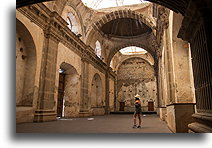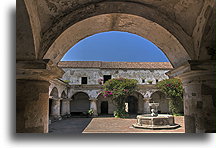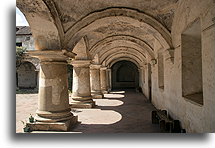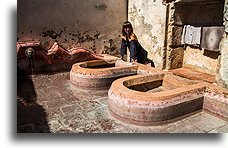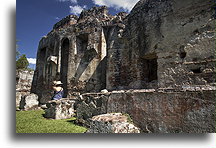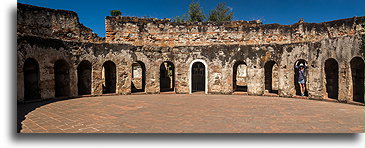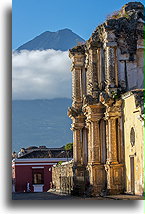
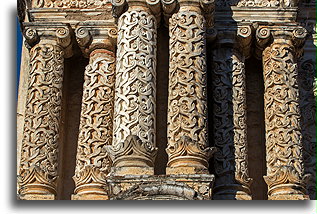
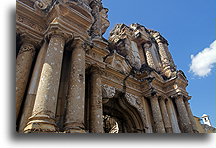
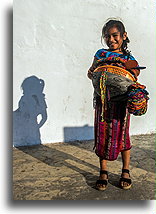
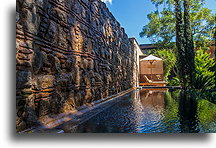
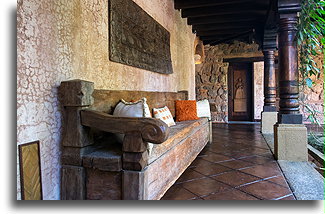
The Spanish colonial city of Santiago de los Caballeros in Guatemala was founded here in 1543 and has become a thriving political, economic, religious, and cultural center. Within two centuries, it grew to 60,000 residents. When the earthquake struck in 1773, the damage was so big that it was decided to move the capital to a new location, today’s Guatemala City. Since then, Santiago has changed its name to Antigua Guatemala meaning Old Guatemala.
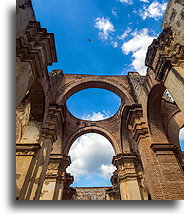
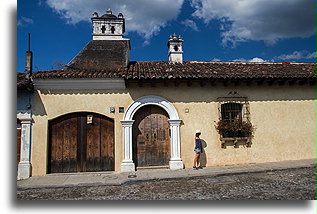
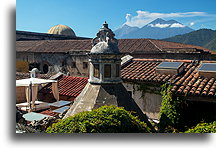
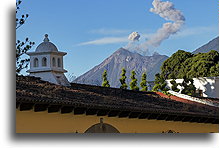
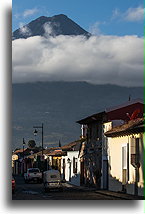
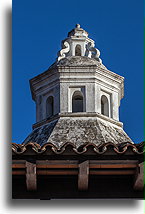
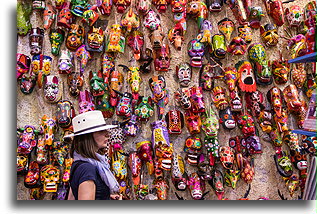
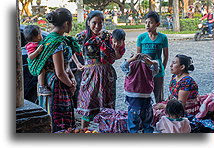
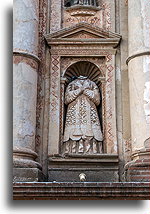
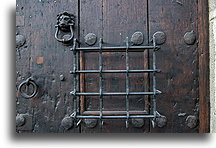
The city lies the vicinity of three volcanoes, Volcano of Water, Volcano of Fire, and the highest at 3,976 m/ 13,045 ft, volcano Acatenango. This is primarily a seismic site. Over a dozen major earthquakes have taken place here over the past 500 years. Each of them left devastation in the city, this is why many of Spanish colonial monuments are in ruins today. Church ruins with a volcano on the horizon are a showcase of today’s Antigua.
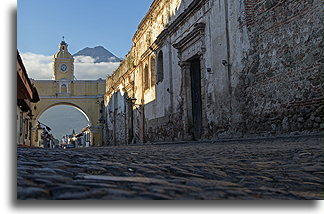
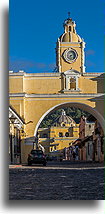
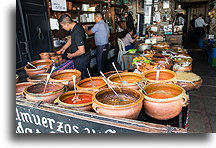

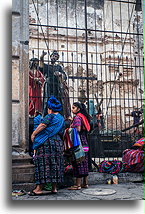
In 1731, Order of Capuchins founded a nunnery in Antigua. The section of the convent where nuns' cells are located has a very strange circular shape. Is it because someone was watching them all at once from one central point? At the time, the rules of the order were strict and included maximum discipline regarding poverty, penance, and fasting. However, two kinds of nuns lived in a monastery in Antigua. Their lifestyle was fundamentally different. Girls from poor families had a common live style; they were required to remain silent all day except during prayer. They were not allowed to eat meat or drink chocolate, they slept in tiny cells. This is contrast to Capuchins from rich families, who donated goods or property at the admission time. Such nuns were entitled to the relaxed rules, ate a variety of meat dishes, were allowed to drink chocolate, wore robes of better materials, lived in large rooms, and could even have their own servants. After the Capuchin Convent of Antigua suffered from the earthquakes in 1751 and 1773, it was finally abandoned.
